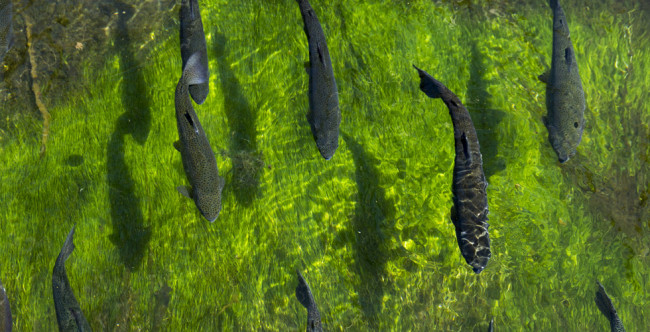
To protect human health, the European Union (EU) released the Water Framework Directive (WFD) 2000/60/EC, which aims to gradually reduce emissions, discharges, and losses of hazardous substances into the water across Europe and ensures its long-term and sustainable use. The Directive deals with surface waters, coastal waters, and groundwater, and seeks to provide a good chemical status of surface water and groundwater across Europe.
Surface water
In the case of surface water, the target concentration limits are defined by specific pollutants relevant for the EU, which are known as priority pollutants. Directive 2008/105/EC lays down environmental quality norms.
Groundwater
The WFD also requires good chemical status of groundwater. This requirement is supported by the Directive of the European Parliament and of the Council 2006/118/EC on the protection of groundwater against pollution and deterioration, which sets out the measures to assess, monitor and limit pollution of groundwater.
Drinking water
The area of drinking and warm waters is regulated by Directive 98/83/EC on the quality of water intended for human consumption, which sets a limit of 0.1 μg/l for each pesticide or its metabolite, with the exception of aldrin, dieldrin, heptachlor, heptachlor epoxide which applies a limit of 0.03 μg/l. The limit for the sum of the set and quantitatively detected pesticides and their metabolites is 0.5 μg/L.

